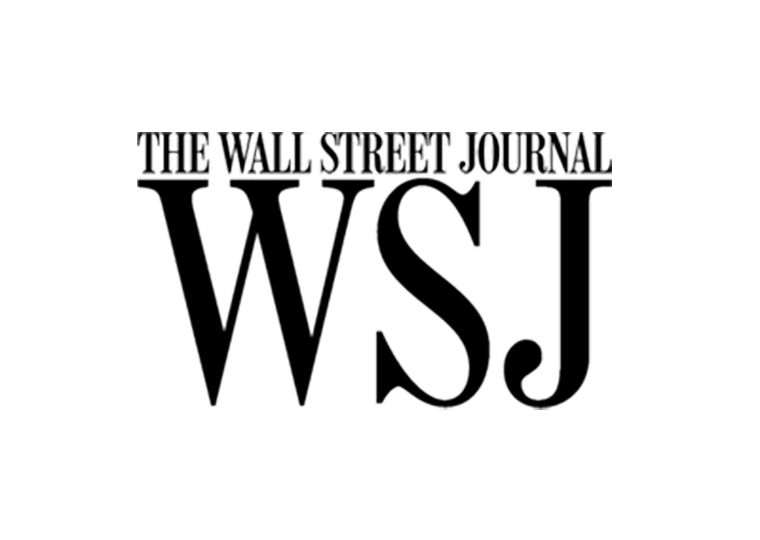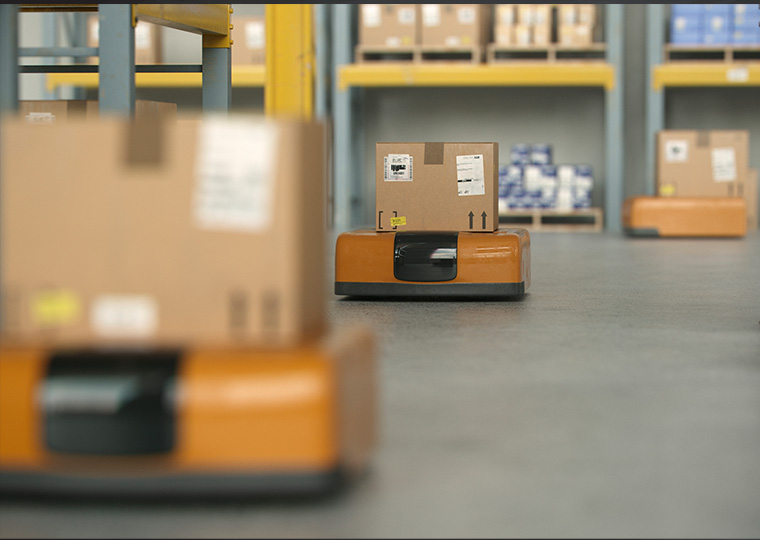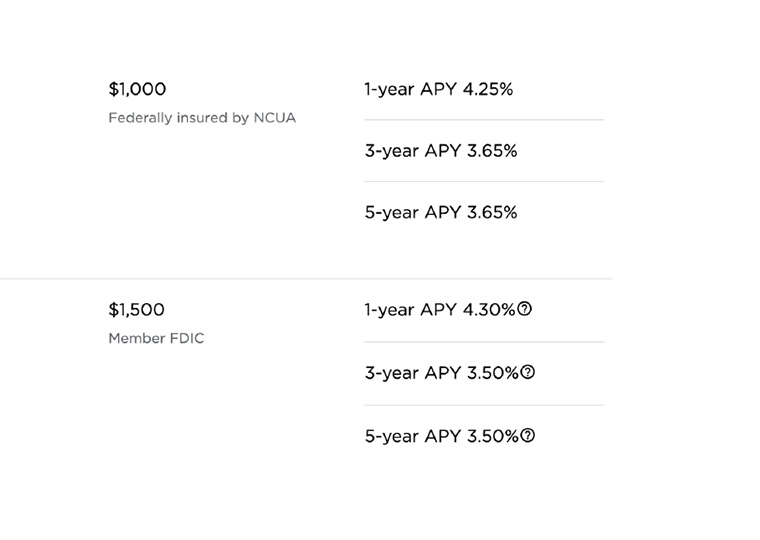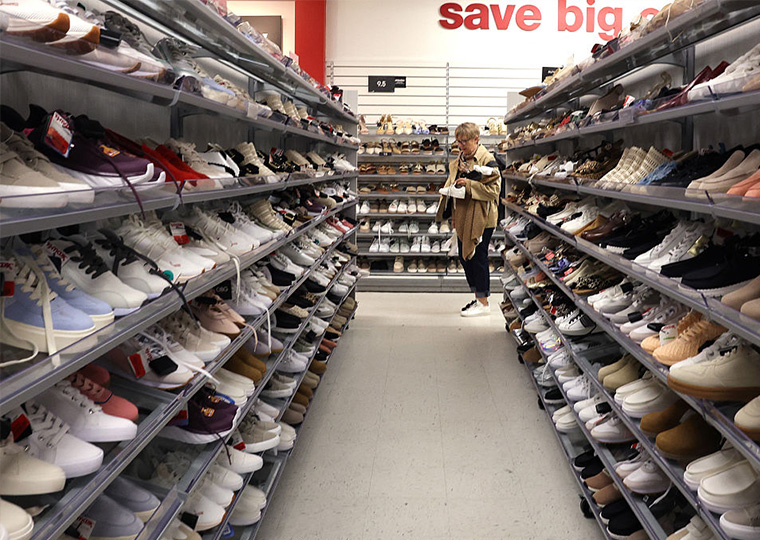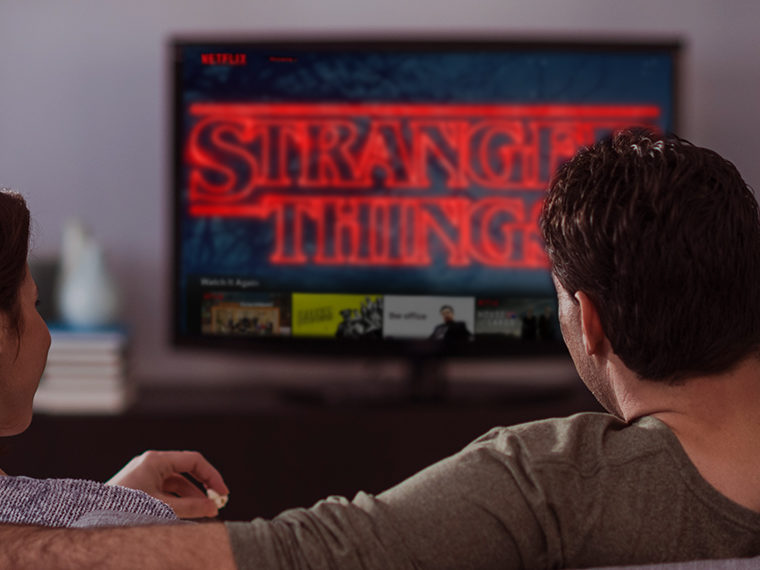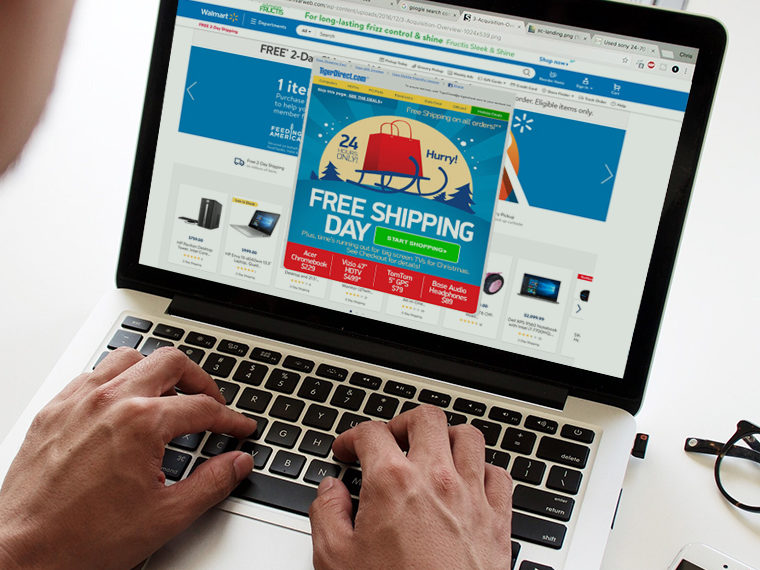A large field experiment suggests two items is the sweet spot for converting motivated lookers into buyers
Nearly 25 years ago, a small field experiment at a high-end grocery store in Silicon Valley made a case that more is not always better.
Shoppers who passed by a table with 24 jam samples — to repeat, this was a high-end grocery — were more likely to stop and check things out than when the table was limited to six choices of jam. Yet in terms of what really matters to retailers, more jam was actually purchased when the display table was limited to six options.
That research, published in the Journal of Personality and Social Psychology, ignited an ongoing stream of behavioral science research on choice overload. “When Choice is Demotivating: Can One Desire Too Much of a Good Thing?” has been cited more than 6,000 times according to Google Scholar.
To date, much of the research — which has also found that too little choice can be a problem — has relied on lab experiments and consumer surveys to explore when the number of choices offered to a consumer might tip from from good to overwhelming. A paper published in Management & Service Operations Management reports on a large-scale field experiment that delivers empirical evidence of when choice goes south for online shoppers.
Alibaba, the massive Chinese online retailing platform, granted access to a large swath of customers to a team of eight researchers: University of Wisconsin’s Xiaoyang Long, Imperial College’s Jiankun Sun, UCLA Anderson’s Hengchen Dai, Washington University in St. Louis’ Dennis J. Zhang and Alibaba Group’s Jianfeng Zhang, Yujie Chen, Haoyuan Hu and Binqiang Zhao.
Among shoppers who were sent follow-up messages after showing interest in a given product (but not purchasing), the researchers manipulated that messaging to contain a varying number of similar choices. Some received a “recommendation” follow-up that included just the product they had expressed interest in. Other participants were presented with one, two or three additional related products.
Two for the Marketing Win
Presenting customers with two products (the one they originally showed interest in, and one other similar algorithmically chosen product) was the sweet spot, as it compelled more shoppers to click on a link included in their follow-up message and, ultimately, make a purchase. When there were three or four choices, the law of diminishing returns kicked in.
The researchers’ analysis suggests about two-thirds of the drop-off in purchase probability is a function of how an increasing choice set turned off consumers from even initiating a new search.
The Limited Utility of Product Choice
The researchers tracked shoppers on Alibaba’s Tmall (business-to-consumer) and Taobao (peer-to-peer and small business) marketplaces. For two months in 2020 they leveraged an automated messaging service Alibaba had rolled out for sellers. Whenever a customer contacted a seller with a product question, but there was no subsequent purchase within five minutes, the customer received a follow-up “recommendation” message.
It was that message that the research team manipulated to have 1, 2, 3 or 4 recommendations. The original item of interest was always displayed first in the recommendation texts that had multiple options.
The more than 1.6 million consumers who viewed that message and thus were exposed to the experimental variation became the researchers’ primary data set.
The drop-off in search and purchase when choice was increased from two to three (and four) products was greater for more expensive items. Choice overload was most pronounced when shoppers were focused on the beauty, electronics, and food and beverage categories, and it was less of a risk when consumers were shopping for clothing and accessories. More choice also had a larger (negative) impact when the messaging was delivered during the workweek, suggesting choice overload may be related to life overload as well; weekends may be more conducive to enjoying the search process.
The researchers lean on “anticipated regret” as a potential driver of the drop-off in search and purchase probabilities once choice was expanded beyond two options. This behavioral bias causes us to stress out as a choice set grows, as it seems to heighten concern that we will make the wrong choice. A logical workaround to that looming sense of regret is to expend more time and energy sorting through all the options. Yet that can be a too-tall ask. Anticipated regret has been shown to cause people to delay or abandon making a choice in the face of that added burden.
The researchers offer a less-may-be-more-profitable takeaway for retailers.
“Though it may be tempting for online retailers to recommend more options to consumers — especially given the low display costs online — they should be cautious about doing so. Careful planning and testing is needed to identify the recommendation set size that will lead to the largest profit.”
Featured Faculty
-
Hengchen Dai
Associate Professor of Management and Organizations and Behavioral Decision Making
About the Research
Long, X., Sun, J., Dai, H., Zhang, D., Zhang, J., Chen, Y., … & Zhao, B. (2024). The Choice Overload Effect in Online Recommender Systems. Manufacturing & Service Operations Management.
Iyengar, S. S., & Lepper, M. R. (2000). When choice is demotivating: Can one desire too much of a good thing?. Journal of personality and social psychology, 79(6), 995.
